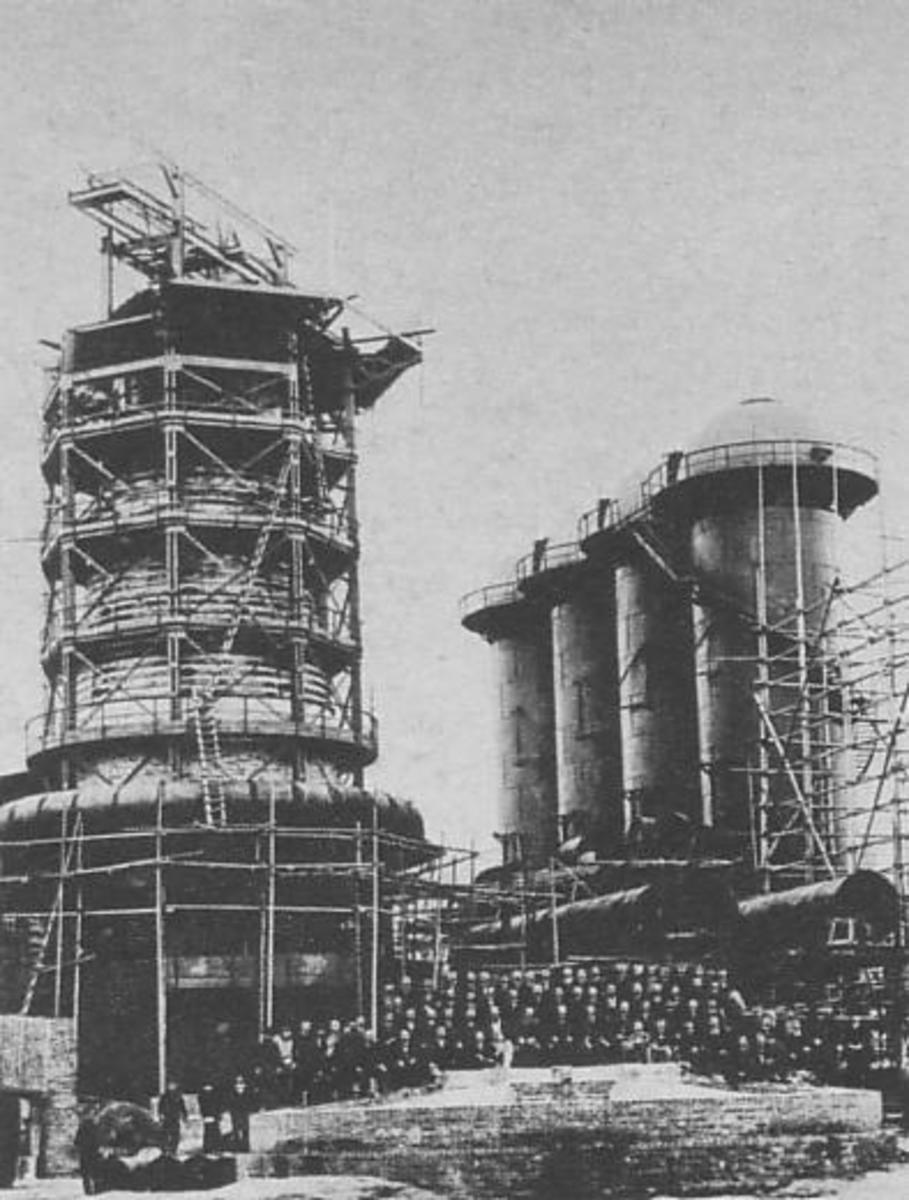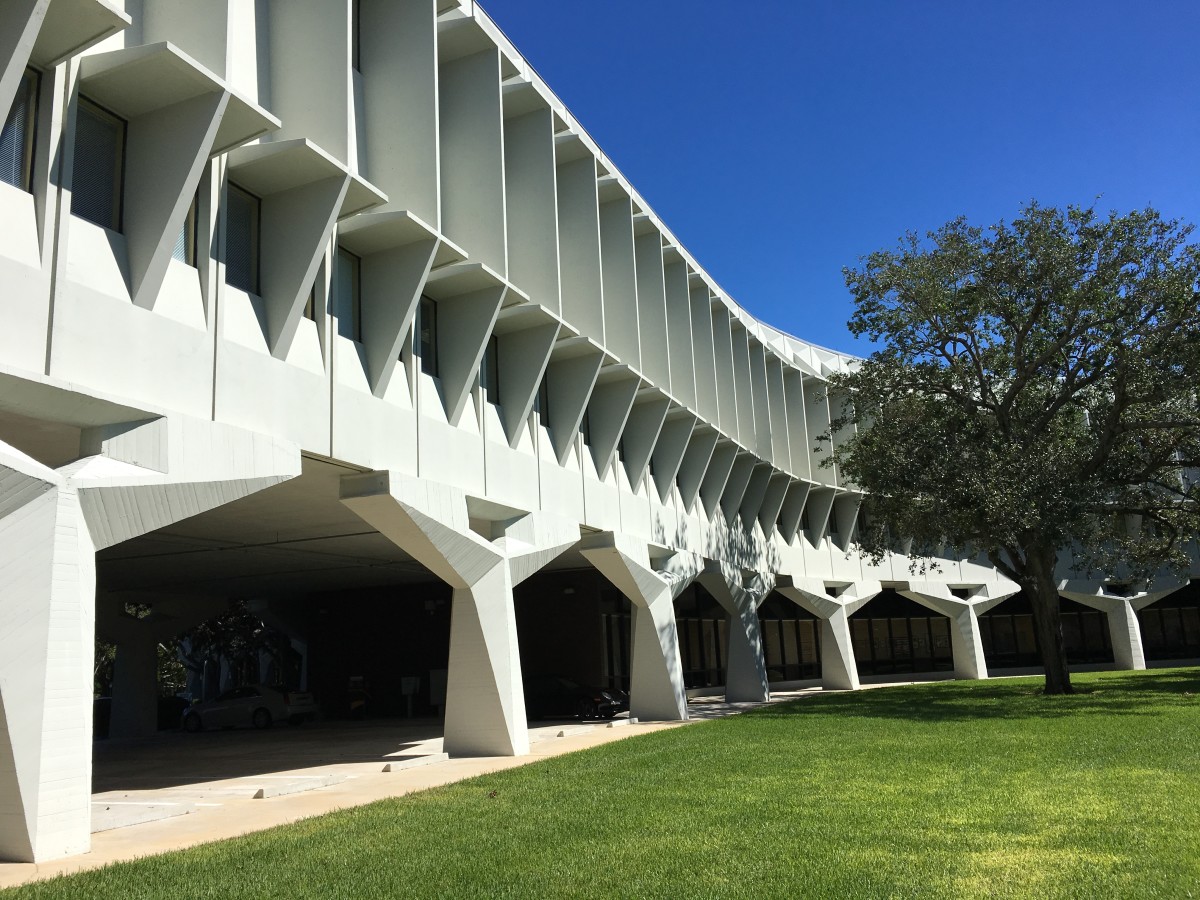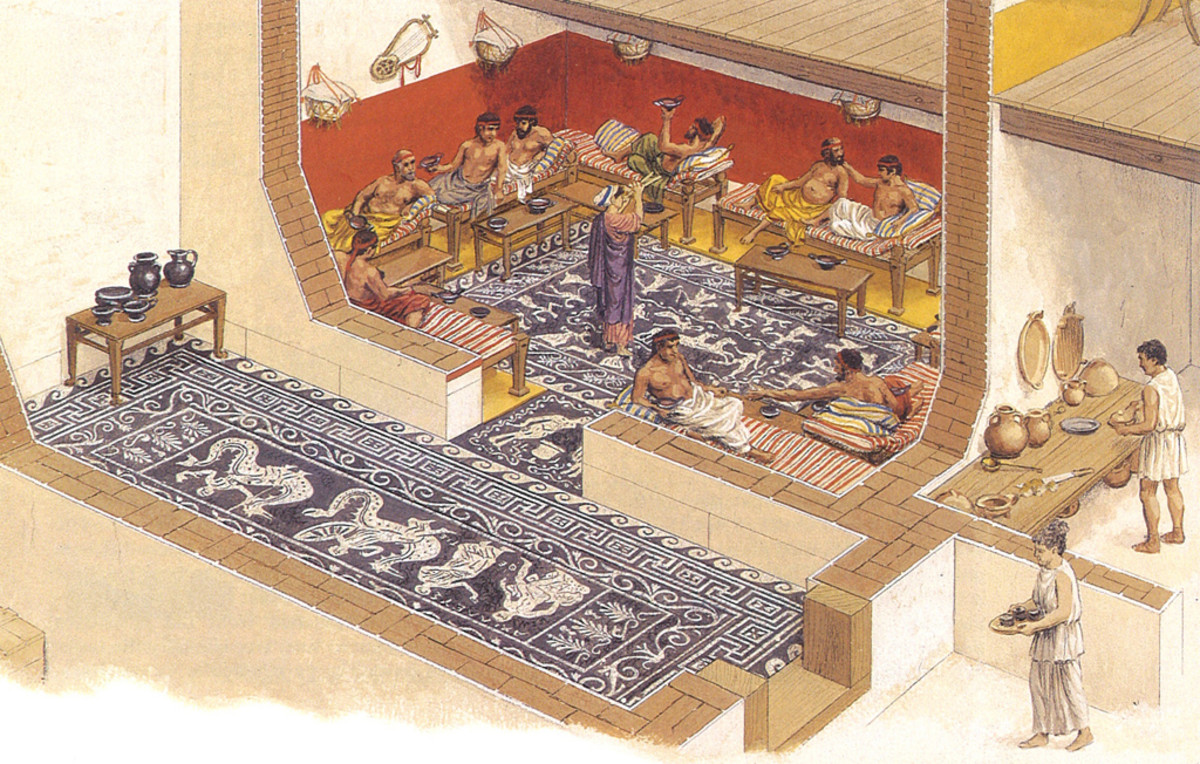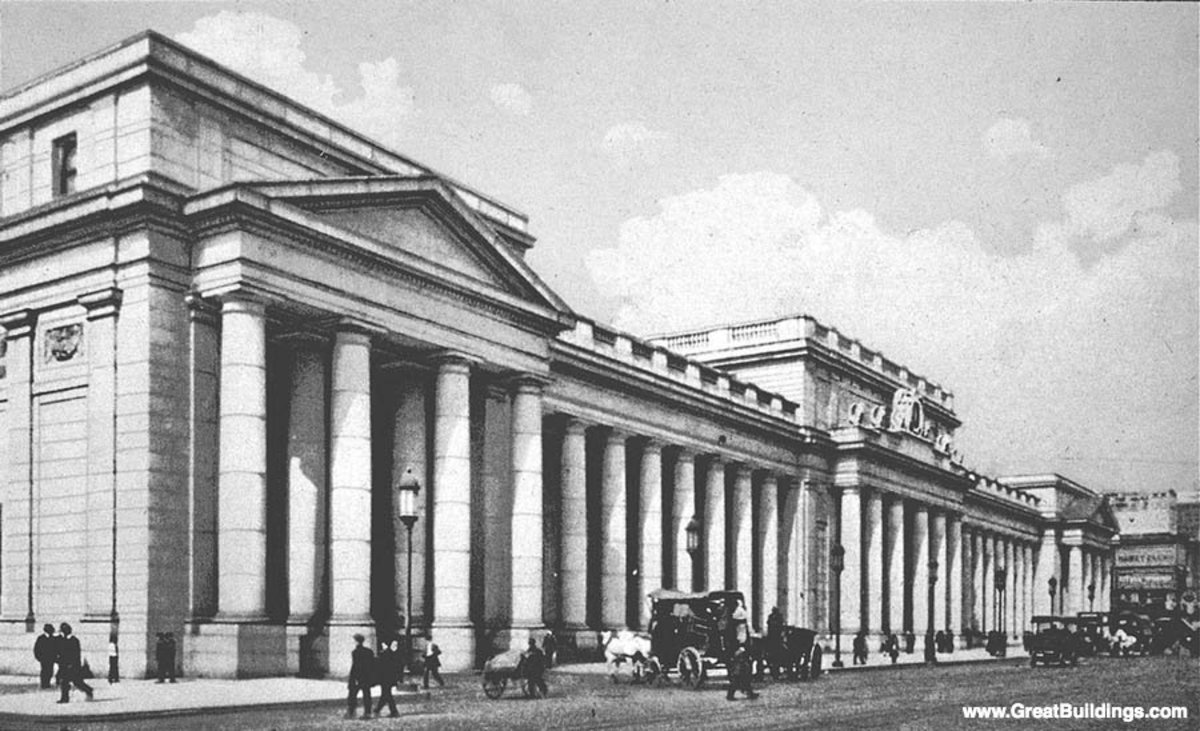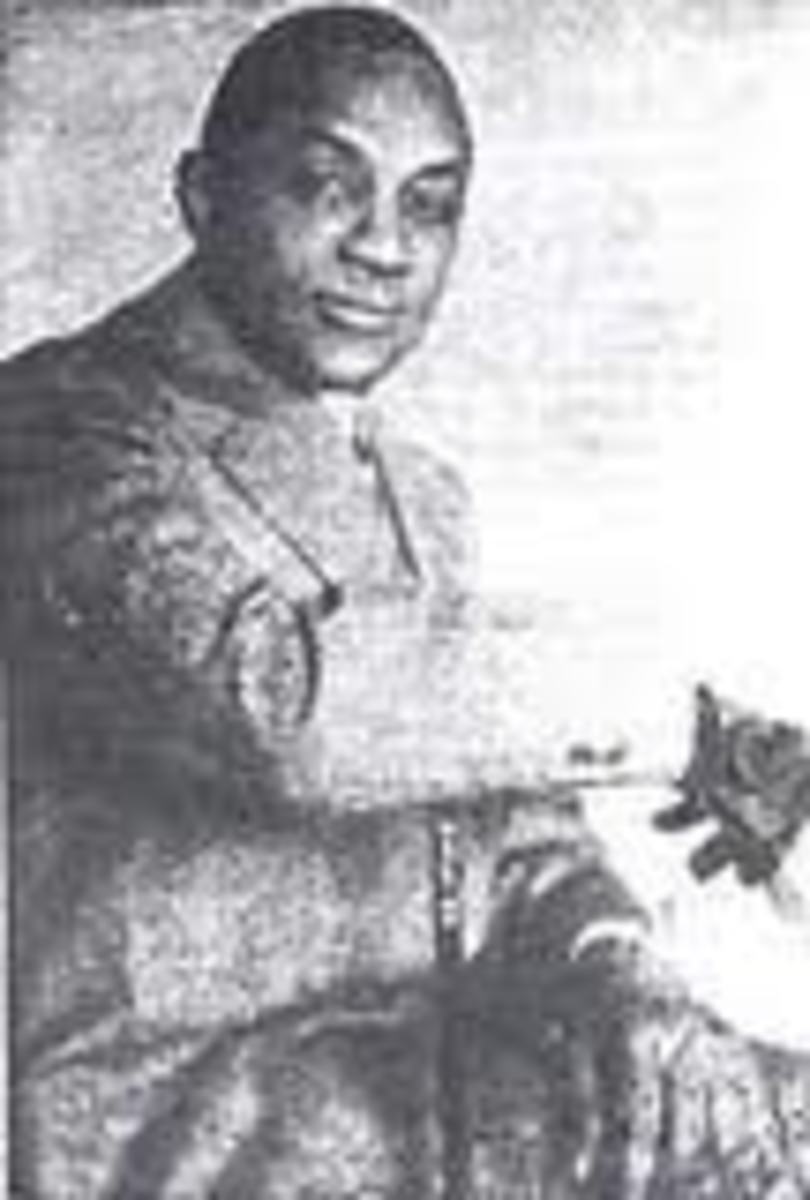- HubPages»
- Education and Science»
- History & Archaeology»
- History of the Modern Era
What is Modernism? Bringing context to the concept of Modern, Modernist and Modernism
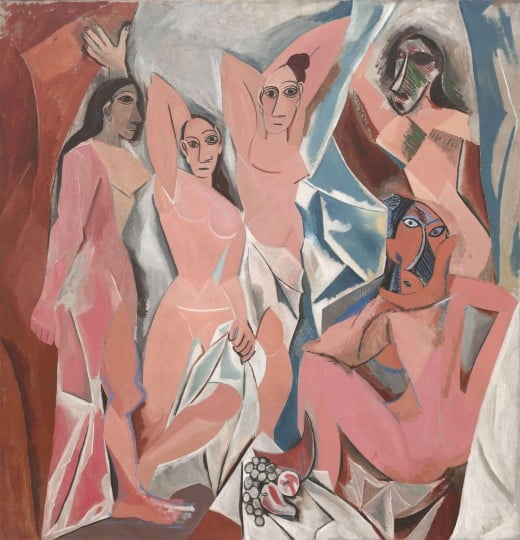
What is modernism? Every era has a relatively 'modern' time that succeeds it. So, what is the meaning of modern, modernist or modernism in the true sense? Is it bereft of any time period, is it a way of life or does it simply apply to supremely cutting edge avant-garde? To begin with, the word 'modern' itself is used in a very loose context in everyday language. However, modernism mainly refers to a cultural movement that swept across the world in the late 19th and 20th centuries in social and public spheres. Every idea that claimed to be modern, rejected the notions of absoluteness, utopianism, One Truth, unanimity, perfection, certainty. What was embraced and promoted was the idea of the abstract, the individual, the ever-changing, nebulous, obscure, anarchy, chaos and the unconventional. Let's scrape the surface of this concept.
How Modernism took birth: 3 key reasons
From Romantic and Classical Era, there are few major trends that led to a central shift of thought across the world. The world was moving towards freedom of thought from the unbreakable importance of the Church. Let's look at 3 key reasons which were, or led to, the cause and birth of modernism on the face of this planet.
1) Parallel development and growth
In the 1880s, with parallel modern developments in politics, architecture, literature industrialization, psychology and science, the very nature of the world began to be questioned. On one hand, Sigmund Freud, Carl Jung and Ernst Mach promoted the subjective self, inter play of human instincts and the fragmented manner of human thinking. On the other hand writers like Virginia Woolf and James Joyce adopted styles of streams of consciousness writing, where everyone could make their own interpretation of their work. They wanted to free the world from the chains of singular meaning and absolutism. The intriguing thing about Modernism is that one movement fed itself from the other and there was a constant transfer of influence in different fields and areas of life.
2) Onslaught of technology
Just like the mobile and the internet revolution has changed our way of life, thinking, associations and reference points in the world, so happened with the birth of Modernism. Technology like the printing press, telegraph, railroads, cast iron and the camera were slowly making their way in the world, with the era of Industrialization. With notion of time and speed being completely flouted and turned around with technology, why would a painter ever be commissioned to paint a queen's fine portrait when he could click a picture? With structures like the Eiffel Tower being built, wouldn't people think differently about their urban landscapes as compared to their pre Renaissance counterparts? Technology brought severe changes and chaos in the way people lived and hence, artists depicted their fractured and fragmented view about life and the Universe through forms of Art – which is the central edifice that Modernism stands on.
3) The World War I
After the ill effects and destructions of the war, artists began to question the war and why it led to anarchy, chaos and confusion. They felt the need to reflect the changing nature of the world in their art and not be bound by the rules of realism and ethics of the pre-Renaissance, classical period. The broken remnant of war is a central theme you will find in many modernist works of film, art and literature.
Trends of Modernism
Modernism took center stage in art, architecture and literature and manifested itself in various forms, sub movements, thinking styles and schools of thought. Various movements that swept across art, architecture and literature as a part of modernist culture, had only one purpose – to allow free thought to take the centerstage. Here's a look into how the trending of modernism took place in art, architecture and literature.
Art
Beginning a little earlier than the 19th century, modernism is said to have set in with Henri Matisse showing his work in the Salon De Refuses in Paris. The motto of impressionistic artists was that people do not see objects but only the light which they reflect. Hence, it was important for them to paint in natural light rather than in studios and should capture the effects of light in their work.
By the end of World War I, Europe was full of other such art movements such as Cubism, with artists like Pablo Picasso and Georges Braque believing that the world was only full of cubes and cones and they represented re-assembled, fragmented and abstracted visuals in their art. This was later followed by Dadaist painters like Marcel Duchamp and surrealist painters like Salvador Dali. Abstract expressionistic artists like Jackson Pollock and Pop artists Andy Warhol who still capture people's imagination, came much later after World War II.
Architecture
Architecture followed suit of the modernist bandwagon after World War II. With movements like Structuralism, Art Deco, Constructivism, Art Nouveau, Decontructivism, Brutalism, Desert Modernism and Futurism gaining prominence in various countries, the modern thought of doing away with everything rigid and classical was injected into the architectural landscape by architects such as Frank Lloyd Wright in Chicago, Otto Wagner in Austria, Antoni Gaudi in Barcelona and Victor Horta in Brussels and many more.
These architects did away with the Gothic and Classical ethic of perfect measurement, ornate curves and elaborate carvings to give way to straight, cutting edge lines, geometric forms and more obscure-creative works with cubic shapes, flat roofs, functional roofs and smooth facades. Following the motto of 'Form follows function' and 'Truth to materials', modern architects did away with unnecessary detailing and exposed as much raw material as they could.
Literature
It is believed that modernism in literature started with the publication of James Joyce's Ulysses. This was followed by the works of T. S Eliot's 'The Wasteland' which depicted the catastrophe of the world in the post war situation without a central unifying figure and a beginning-middle-end narrative. This stream of consciousness ranting style was also taken up by William Faulkner, Virginia Woolf and many others. Later on, from the highly fragmented styles of the Theater of the Absurd to D. H Lawrence, to Franz Kafka to American modernist literature of John Steinbeck, Ernest Hemingway and the Beat writers, modernism was in full bloom.
Modernist writing can be frustrating to read since the narrative, characters and themes are not linear. The modern writer's main aim is to purposefully oppose social concepts and traditional thoughts and display anger towards religion and the world wars. The central shift of the aesthetic from Romantic to Classical literature was that it became 'self and being based' rather than 'knowledge and fact based'.
Modernism and Art for Art's sake have emerged from the very primal instinct of breaking down traditions. So, the next time you see a piece of modern furniture, art, music or film that you can't necessarily understand, simply remember that it finds its roots in a movement in history which gave us the freedom to speak what we think, write what we fell like and make what we want. That's what Modernism is all about.



